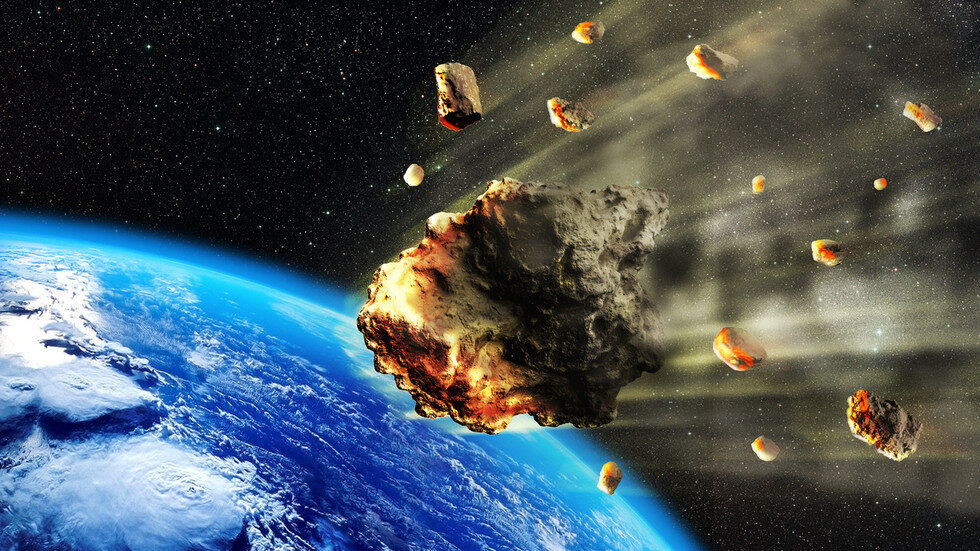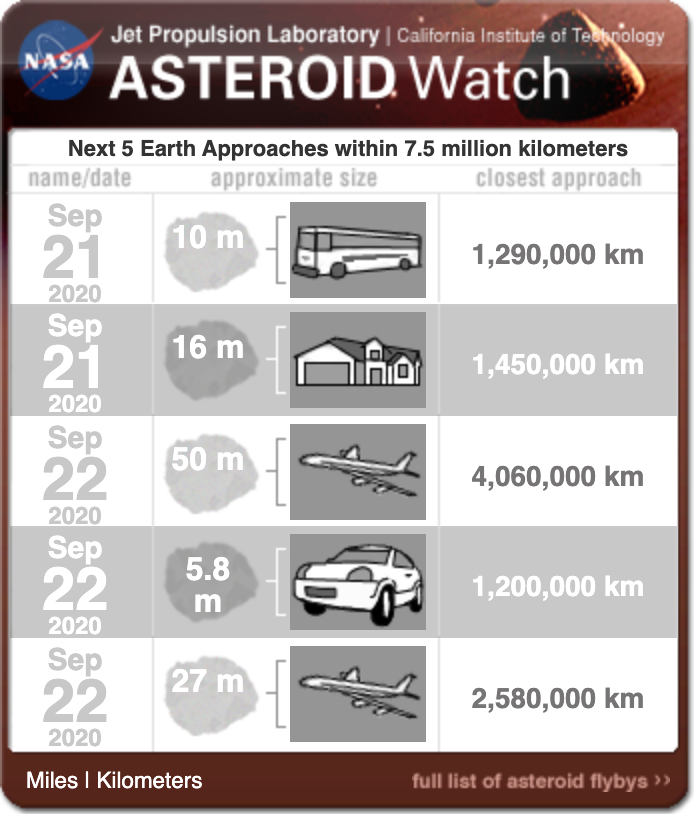OF THE
TIMES
I've had enough of someone else's propaganda. I'm for truth, no matter who tells it. I'm for justice, no matter who it's for or against. I'm a human being first and foremost, and as such I am for whoever and whatever benefits humanity as a whole.
what I dislike most about this bile is the author blaming the advertising agency as the first. what were they supposed 2do? send their employees...
BBC Nazi Zionist Rothschild Communist News Agency, fake ass news can't get any better than this. LOL
We concur! Since 2020. Experimental Injection is living up to its claim to fame! Team Uninjected, remain on the sidelines of the genetic...
Useless publicity stunt. Nothing more.
No one likes or even believes race-swapped Little Orphan Annie.
To submit an article for publication, see our Submission Guidelines
Reader comments do not necessarily reflect the views of the volunteers, editors, and directors of SOTT.net or the Quantum Future Group.
Some icons on this site were created by: Afterglow, Aha-Soft, AntialiasFactory, artdesigner.lv, Artura, DailyOverview, Everaldo, GraphicsFuel, IconFactory, Iconka, IconShock, Icons-Land, i-love-icons, KDE-look.org, Klukeart, mugenb16, Map Icons Collection, PetshopBoxStudio, VisualPharm, wbeiruti, WebIconset
Powered by PikaJS 🐁 and In·Site
Original content © 2002-2024 by Sott.net/Signs of the Times. See: FAIR USE NOTICE


Comment: Seems like not a week goes by that we don't hear about another asteroid or near earth object that is discovered hurtling towards our end of the Milky Way system. It really just seems a matter of time before one or more of these finds its way to Terra.
And by now, its clear, many of the world's governments know it:
Asteroid threat: ESA's ambitious Hera Planetary Defense Mission awards $153 million contract